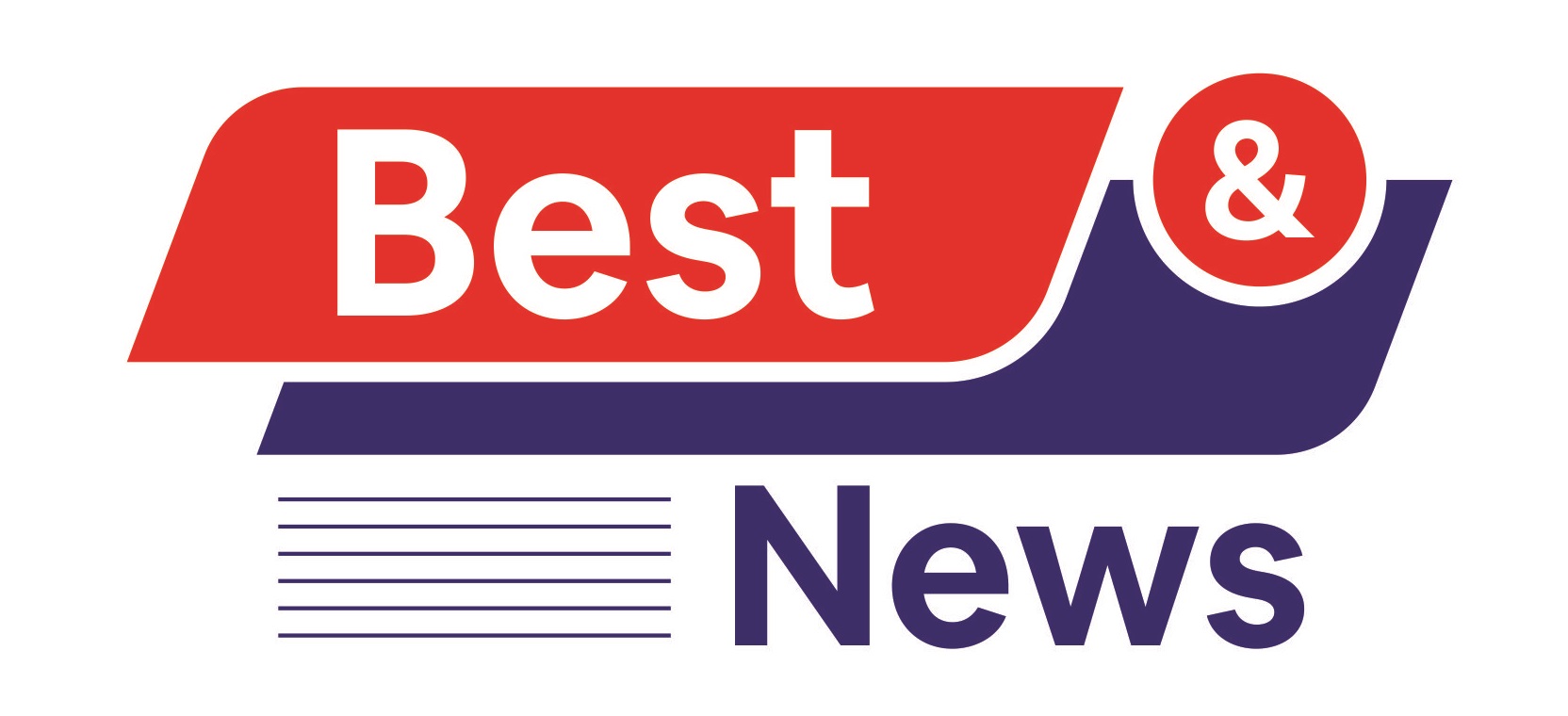They are embarking on a new journey, whether as a first-year college or transfer student, which can be exciting and daunting. As the landscape of higher education evolves, so do the tools and platforms designed to support students in their transition to campus life. Among these tools, orientation platforms are pivotal in modern campus management system, facilitating a smooth transition and fostering a sense of belonging from day one.
Understanding Campus Management Systems
Before delving into the specifics of orientation platforms, let’s first grasp the concept of campus management systems. These systems encompass a range of digital tools and software designed to streamline administrative processes, enhance communication, and improve overall efficiency within educational institutions. From admissions and registration to academic planning and student services, campus management systems are the backbone of modern universities and colleges.
The Significance of Orientation Platforms
Orientation platforms serve as the gateway to campus life for incoming students. They provide a centralized hub where students can access essential information, resources, and support services tailored to their needs. These platforms offer a comprehensive overview of campus facilities, academic programs, extracurricular activities, and policies, empowering students to navigate their new environment confidently.
Facilitating Seamless Transitions
One of the primary objectives of orientation platform is to facilitate seamless transitions for incoming students. Providing access to virtual campus tours, interactive maps, and orientation schedules, these platforms help students familiarize themselves with the campus layout and important landmarks before setting foot on campus. This preemptive exposure eases the anxiety often associated with navigating unfamiliar surroundings, allowing students to focus on academic and social integration.
Personalized Guidance and Support
Orientation platforms go beyond generic information dissemination by offering personalized guidance and support to incoming students. Students can identify resources and opportunities aligned with their interests and goals through self-assessment quizzes, interest surveys, and academic planning tools. Additionally, these platforms may feature virtual mentorship programs, peer-to-peer networking forums, and live chat support to connect students with experienced mentors and campus ambassadors who can offer invaluable insights and advice.
Enhancing Engagement and Community Building
In an era where digital connectivity shapes social interactions, orientation platforms enhance student engagement and community building. These platforms often integrate social media feeds, discussion forums, and event calendars to foster connections among incoming students, current students, faculty, and staff. Whether joining virtual interest groups, participating in online Q&A sessions, or attending virtual meet-and-greet events, orientation platforms allow students to forge meaningful connections and establish a sense of belonging within the campus community.
Empowering Student Success
Ultimately, the overarching goal of orientation platforms within campus management systems is to empower student success. By equipping students with the knowledge, resources, and support they need to thrive academically and socially, these platforms set the stage for a fulfilling college experience. From academic advising and career exploration to wellness resources and campus safety information, orientation platforms serve as indispensable tools in students’ holistic development and well-being throughout their academic journey.
The Future of Orientation Platforms
As technology continues to evolve, so will the landscape of orientation platforms within campus management systems. Future iterations may incorporate immersive virtual reality experiences, artificial intelligence-driven chatbots for personalized assistance, and predictive analytics to identify at-risk students and provide targeted interventions. However, amidst these advancements, it’s essential to maintain a human-centered approach, ensuring that orientation platforms remain accessible, inclusive, and supportive of diverse student populations.
Conclusion
In the ever-changing landscape of higher education, orientation platforms are beacons of guidance and support for incoming students navigating new beginnings. Within the framework of modern campus management systems, these platforms play a vital role in facilitating seamless transitions, fostering engagement and community building, and empowering student success. By harnessing the power of technology and innovation, orientation platforms pave the way for a transformative college experience where every student can thrive.

